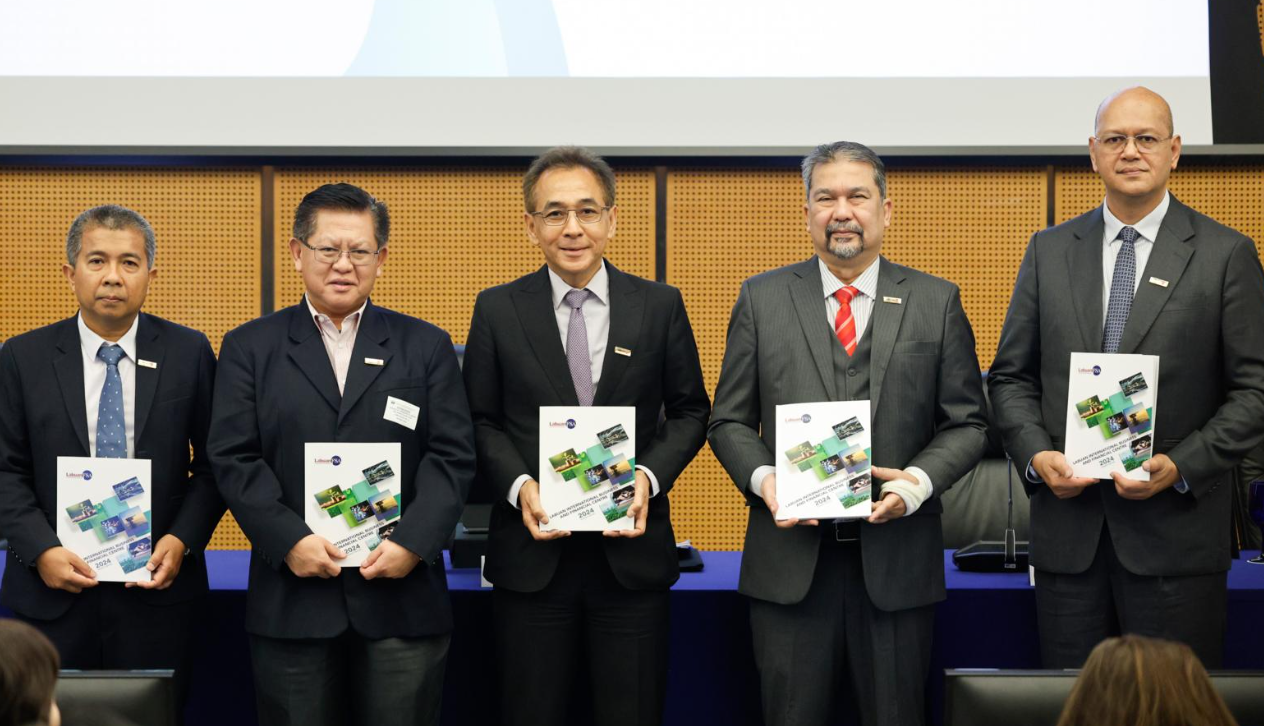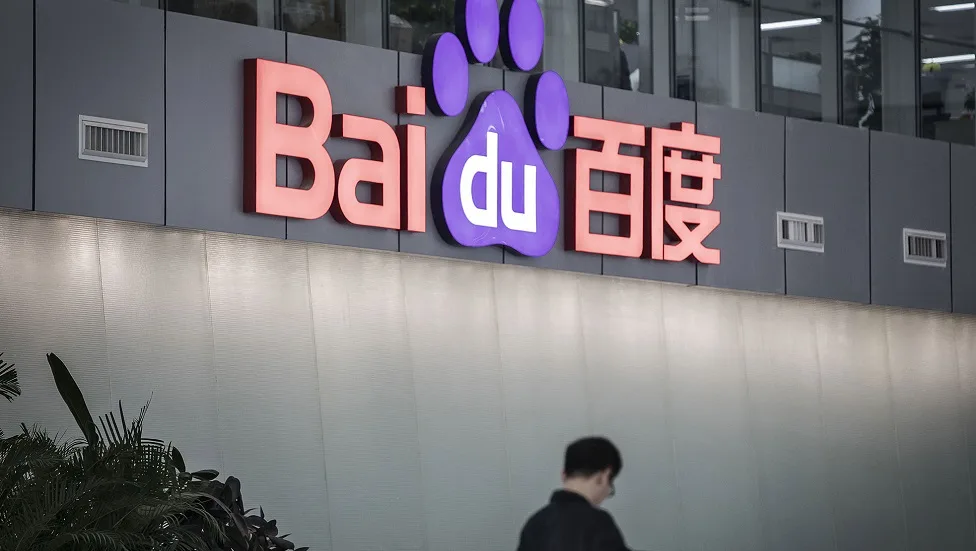Baidu Inc introduced a range of new AI-powered applications at the annual Baidu World Conference, marking a strategic push toward the commercial application of its AI advancements. The Chinese tech giant’s offerings include a text-to-image generator and a no-code app development tool, aiming to make artificial intelligence more accessible and functional for users without technical expertise.
At the conference, Baidu CEO Robin Li highlighted the capabilities of “I-RAG,” the company’s new text-to-image generation tool. Leveraging Baidu’s search capabilities, I-RAG addresses the “hallucination” issue common in generative AI by minimizing the creation of inaccurate or non-existent elements in generated images. Li noted that user interaction with Baidu’s Ernie platform—handling tasks like text generation and question answering—has surged to 1.5 billion daily queries and interactions, up from 200 million daily requests in May.
Baidu’s AI strategy has increasingly focused on commercializing large language model (LLM) applications. The company’s AI agents enable users to create custom applications and integrate these AI-powered tools into Baidu’s existing products. Through Baidu’s cloud services, external users also gain access to these AI capabilities. Notably, Baidu unveiled a new wearable AI device, a pair of glasses developed by its hardware division, Xiaodu. Equipped with cameras for capturing photos and videos and voice-interactive functionality via the Ernie platform, the glasses expand Baidu’s AI hardware offerings.
Li clarified that Baidu does not intend to create a “super app” based on AI, distinguishing its approach from competitors like ByteDance, which has rolled out standalone AI applications. Additionally, Baidu introduced “Miaoda,” an AI-driven tool that generates code for software applications, allowing users to develop without advanced coding skills, further underscoring Baidu’s emphasis on accessible AI solutions for a broader audience.











